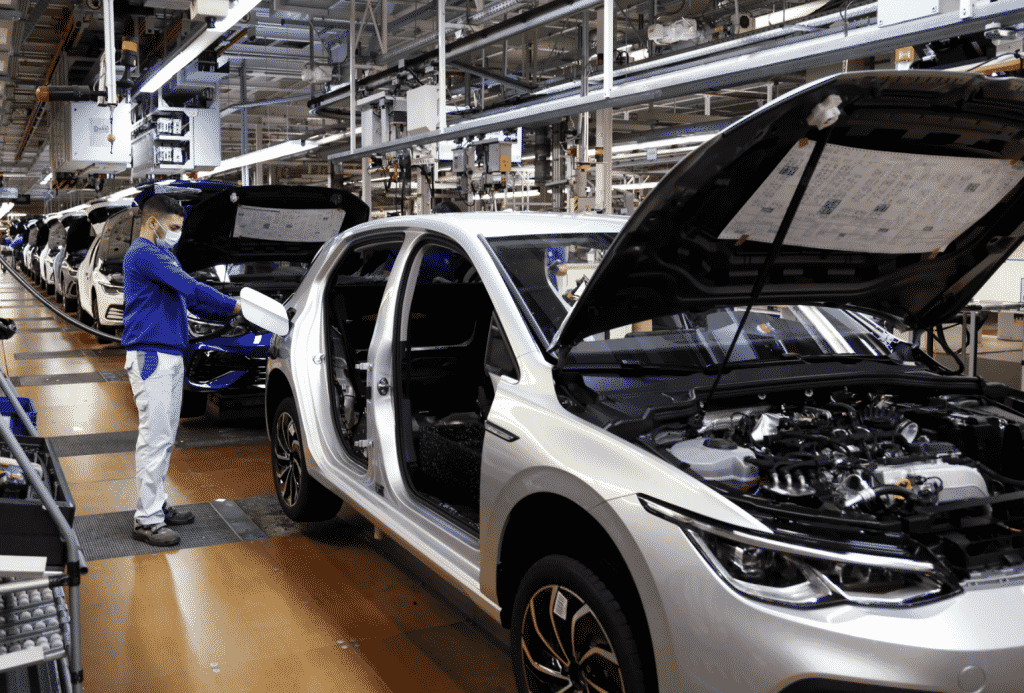The automotive industry sets the standard for innovation. Vehicle technology is certainly moving fast. The biggest auto giants are constantly competing to get ahead of the newest development.
So what will cars look like in 10, 20, even 50 years from now? How will the roads look? Are self-driving vehicles really the future? There’s endless questions we often ask ourselves regarding automotive technology. It’s an exciting field of cutting-edge machinery and engineering that’s light years away from the humble invention of the wheel.
So what are today’s top automotive technologies paving the way for the not-so-distant future? Let’s take a look.
Ridcell’s IoT has Revolutionized Ridesharing
Experts say ridesharing is the future of transport, especially in urban cities. Ridecell is at the forefront of this revolution, bringing smart tech solutions to ridesharing fleets.
Their IoT automation systems optimize your fleet management by generating insights into your operations and resolving issues, rather than just reporting them. The technology automates workflows, diagnoses vehicle issues, distributes keys, and connects drivers. Ridecell is all about making your operations faster, easier, and more streamlined.
360° Cameras Have Made Parking Easier
Backup cameras are a standard for all new models beyond 2019. But now there’s huge developments in cameras for the front and sides of your vehicle. This will give you a full and expansive 360° view of your surroundings. Some developers have even merged these cameras to give you a birds-eye view of the vehicle too. Tricky parking in tight spaces has never been so easy!
A Carbon Fiber Car Body Is Becoming More Mainstream
Any vehicle must be as lightweight as possible in order for it to be fuel-efficient. That’s why aluminum has long been used to create the car body. However, carbon fiber polymers are now becoming more mainstream: a much lighter material that doesn’t compromise on strength either.
Radar Sensing Is Improving Vehicle Safety
We humans may have impressively sharp reaction times, but there’s always room for improvement, right? That’s where radar tech comes in to help. Using in-vehicle cameras and laser technology, the possibility of a collision or accident scenario can now be determined which then swiftly prompts the driver to take action if necessary.
LED Lighting Use Far Less Energy
LEDs (Light Emitting Diodes) use just a fraction of the energy that standard halogen bulbs use. Plus, they provide a much brighter light and hardly need to be replaced. So they’re pretty much better in every way possible.
Is Wireless EV Charging the Future?
Vehicle electrification is inevitable, but what’s the best, most efficient way to charge electric cars? Well, the infrastructure for vehicle charging still has a long way to go, but experts agree that wireless EV charging (using wi-fi and magnetic resonance) is most likely. There’s no need for bulky plugs. Someday there may even be connected roads that charge your vehicle as you drive.
